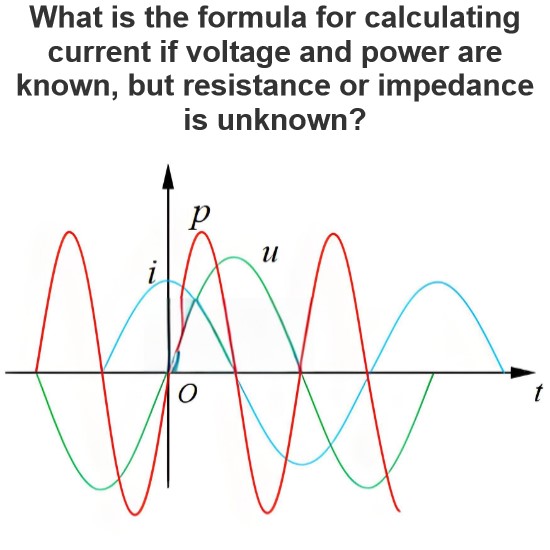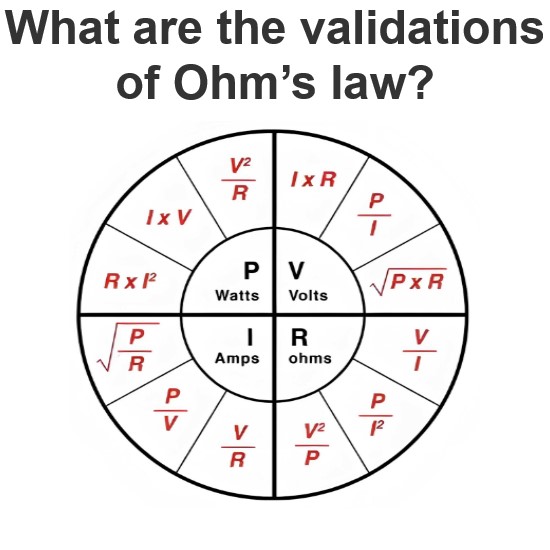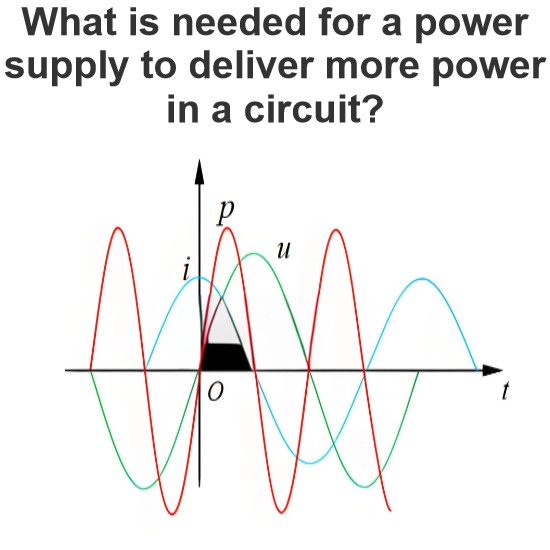How Mechanical Work and Heat are Interchangeable
In this article, we will explore the concept of the mechanical equivalent of heat, which states that mechanical work and heat can be converted into each other. We will also learn about the experiments and discoveries that led to this idea and how it helped to establish the science of thermodynamics.
What is the Mechanical Equivalent of Heat?
The mechanical equivalent of heat is a term that describes the relationship between mechanical work and heat.

It is defined as the amount of work required to produce a unit amount of heat in a system. The symbol for the mechanical equivalent of heat is J, and it is also known as Joule’s constant or Joule’s mechanical equivalent of heat after the scientist who first measured it.
The formula for the mechanical equivalent of heat is:


where W is the work done on a system, and Q is the heat generated in the system.
The unit for the mechanical equivalent of heat is joule per calorie (J/cal), which means that one joule of work produces one calorie of heat. One calorie is the amount of heat needed to raise the temperature of one gram of water by one degree Celsius.
How was the Mechanical Equivalent of Heat Discovered?
The idea that mechanical work and heat are interchangeable was first suggested by Benjamin Thompson, also known as Count Rumford, in 1798. He observed that a large amount of heat was generated by friction when boring cannon barrels at an arsenal in Munich. He concluded that heat was not a substance, as previously thought, but a form of motion.
However, Rumford did not provide a numerical value for the mechanical equivalent of heat, nor did he conduct a controlled experiment to measure it. His observations were challenged by the supporters of the caloric theory, which held that heat was a fluid that flowed from hot to cold bodies.
The first person to perform a precise experiment to determine the mechanical equivalent of heat was James Prescott Joule, an English physicist, and brewer. In 1845, he published a paper titled “The Mechanical Equivalent of Heat,” in which he described his apparatus and method.
Joule used a copper calorimeter filled with water and a paddle-wheel mechanism attached to falling weights.

As the weights fell, they turned the paddle wheel, which stirred the water inside the calorimeter. The kinetic energy of the weights and the paddle-wheel was converted into heat energy in the water. Joule measured the temperature rise of the water and calculated the amount of work done by the weights. He repeated this experiment several times with different weights and heights and found a consistent value for J: 778.24 foot-pound-force per degree Fahrenheit (4.1550 J/cal).
Joule’s experiment proved that work and heat were equivalent and conserved,

meaning that they could not be created or destroyed but only transformed from one form to another. This was a major breakthrough in the development of thermodynamics, which is the study of energy and its transformations.
What are some Applications of the Mechanical Equivalent of Heat?
The concept of the mechanical equivalent of heat has many applications in science and engineering. For example:
It explains how engines work by converting chemical energy in fuel into mechanical energy in motion.
It helps us calculate the efficiency of machines and processes by comparing the input work and output heat.
It allows us to design devices that can convert waste heat into useful work, such as thermoelectric generators.
It enables us to understand how living organisms use metabolic energy to perform various functions.
The mechanical equivalent of heat is also related to other important concepts in thermodynamics, such as entropy, specific heat capacity, latent heat, and thermal expansion.
Conclusion
In this article, we have learned about the mechanical equivalent of heat,

which is the amount of work required to produce a unit amount of heat in a system. We have also seen how this concept was discovered by Rumford and Joule through experiments on friction and stirring water. Finally, we have discussed some applications and implications of this concept in science and engineering.
Statement: Respect the original, good articles worth sharing, if there is infringement please contact delete.
Electrical4U is dedicated to the teaching and sharing of all things related to electrical and electronics engineering.













